question on using perlite in the 5-1-1 mix
joeworm
12 years ago
Related Stories
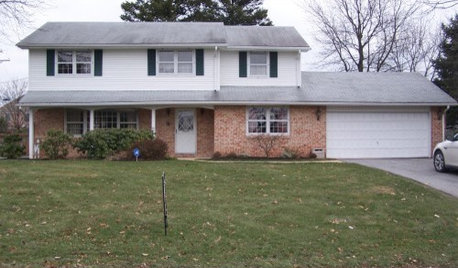

LIGHTING5 Questions to Ask for the Best Room Lighting
Get your overhead, task and accent lighting right for decorative beauty, less eyestrain and a focus exactly where you want
Full Story
DOORS5 Questions to Ask Before Installing a Barn Door
Find out whether that barn door you love is the right solution for your space
Full Story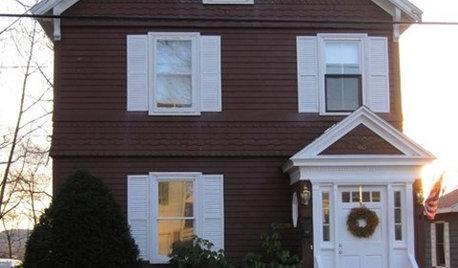

MOST POPULAR8 Questions to Ask Yourself Before Meeting With Your Designer
Thinking in advance about how you use your space will get your first design consultation off to its best start
Full Story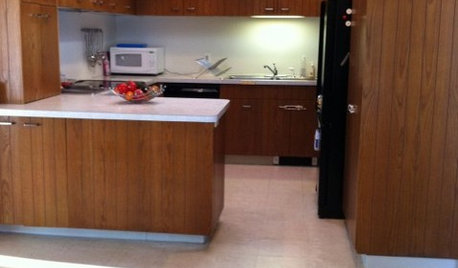
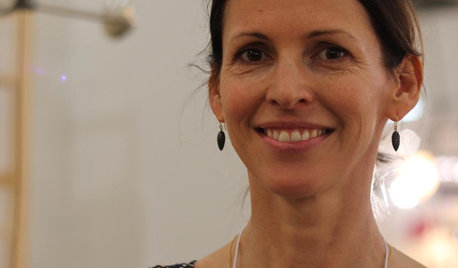
TASTEMAKERS5 Questions From ICFF: Lindsey Adelman
The inventive designer takes a break from New York's International Contemporary Furniture Fair to talk about her artistic lighting fixtures
Full Story
REMODELING GUIDESPlanning a Kitchen Remodel? Start With These 5 Questions
Before you consider aesthetics, make sure your new kitchen will work for your cooking and entertaining style
Full Story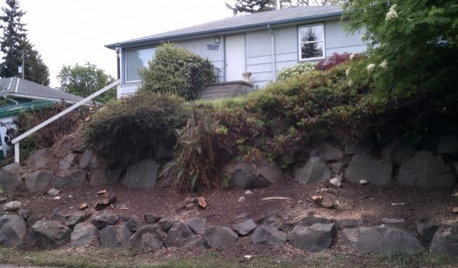
Design Dilemmas: 5 Questions for Design Stars
Share Your Design Know-How on the Houzz Questions Board
Full Story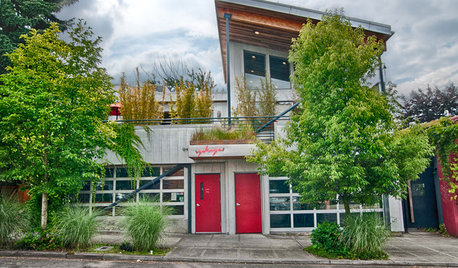
HOUZZ TOURSMy Houzz: Mixed-Use Oregon Home Serves and Charms
Home, restaurant, garden, rental cabin — and it gives back to the community too. This multitasking home is a wonder in more ways than one
Full StoryMore Discussions






greenman28 NorCal 7b/8a
jodik_gw
Related Professionals
Sahuarita Landscape Architects & Landscape Designers · Wakefield Landscape Contractors · Oak Harbor Landscape Contractors · Soddy Daisy Landscape Contractors · Welby Landscape Contractors · Irvington Landscape Contractors · Hueytown Landscape Contractors · Bel Air Solar Energy Systems · Houston Window Contractors · Poinciana Window Contractors · Arroyo Grande Fence Contractors · Laguna Hills Fence Contractors · Lockport Fence Contractors · Minneapolis Fence Contractors · Walnut Fence Contractorsfortyonenorth
Andi C